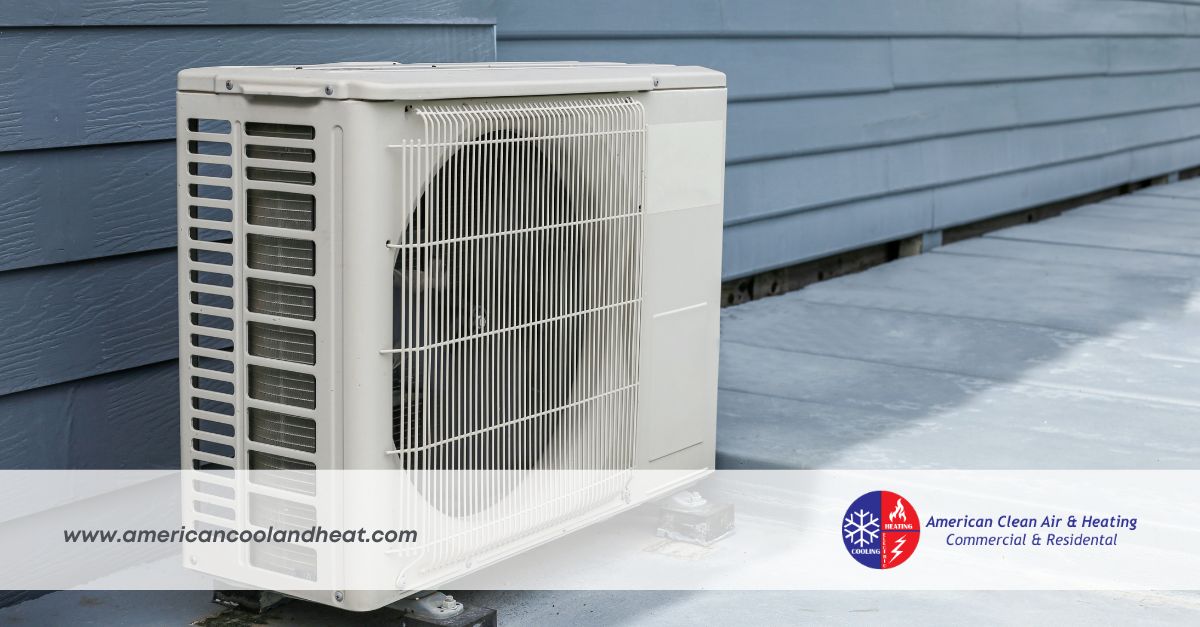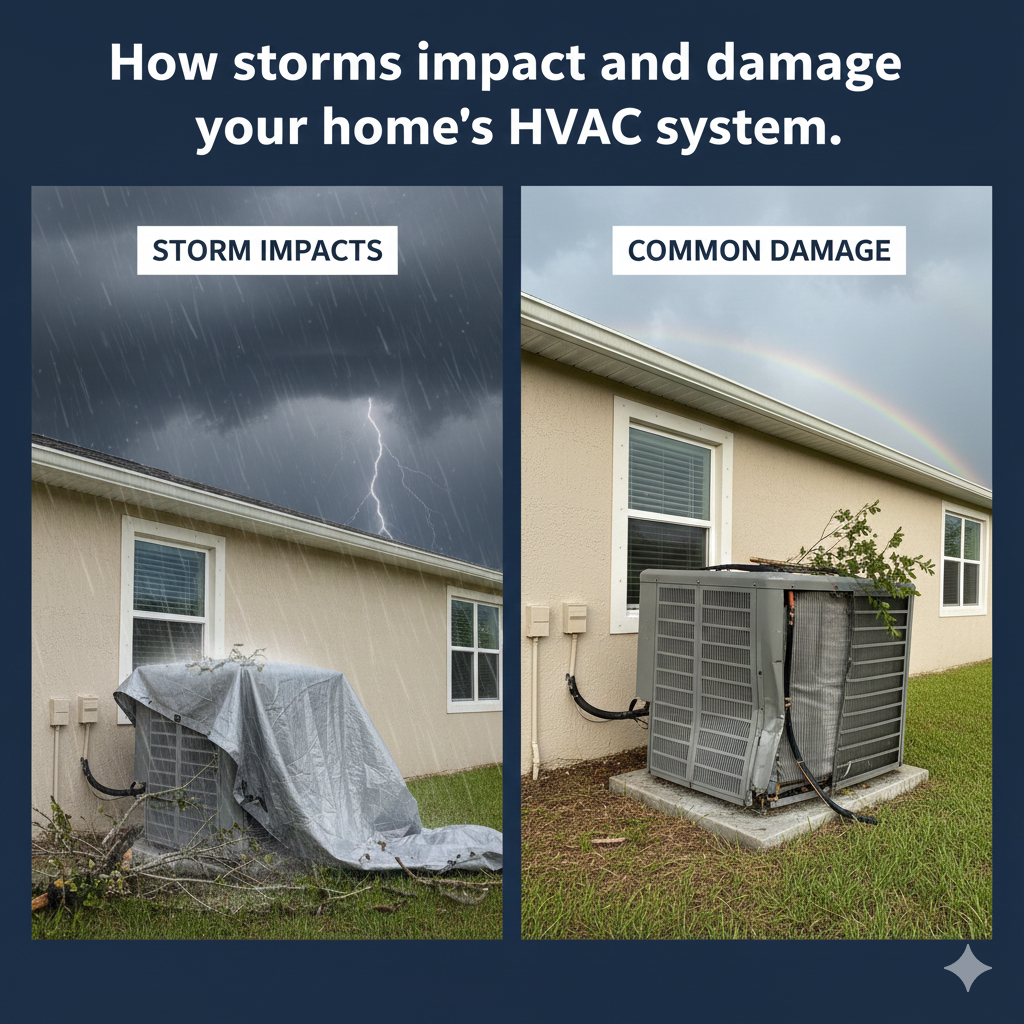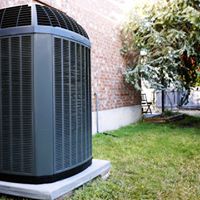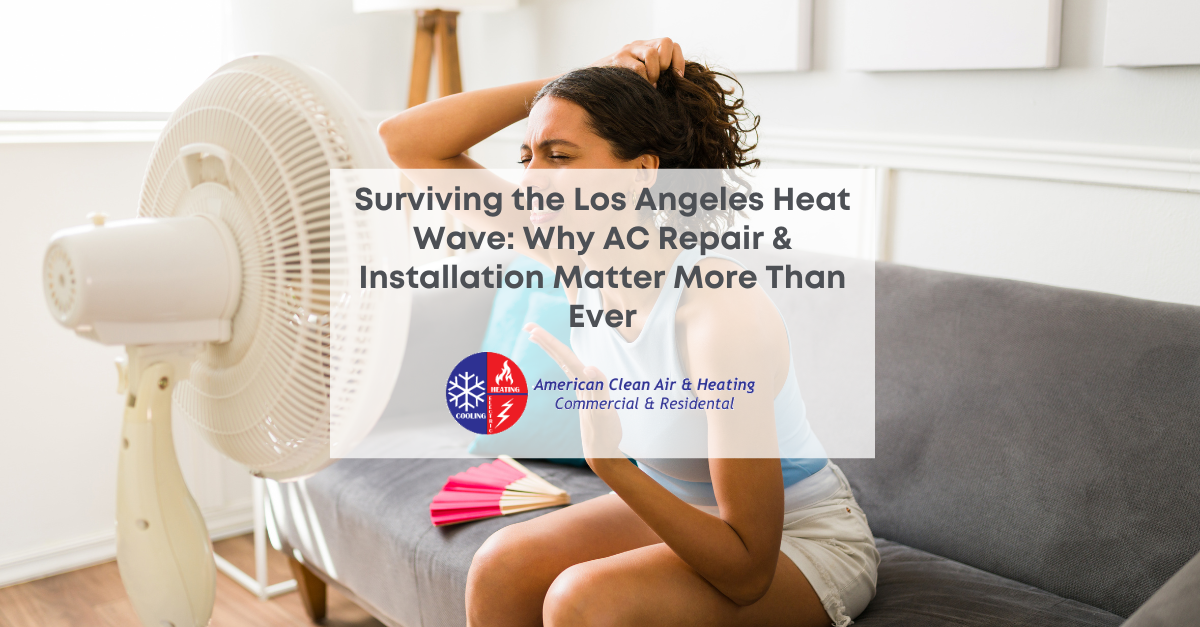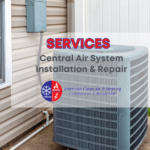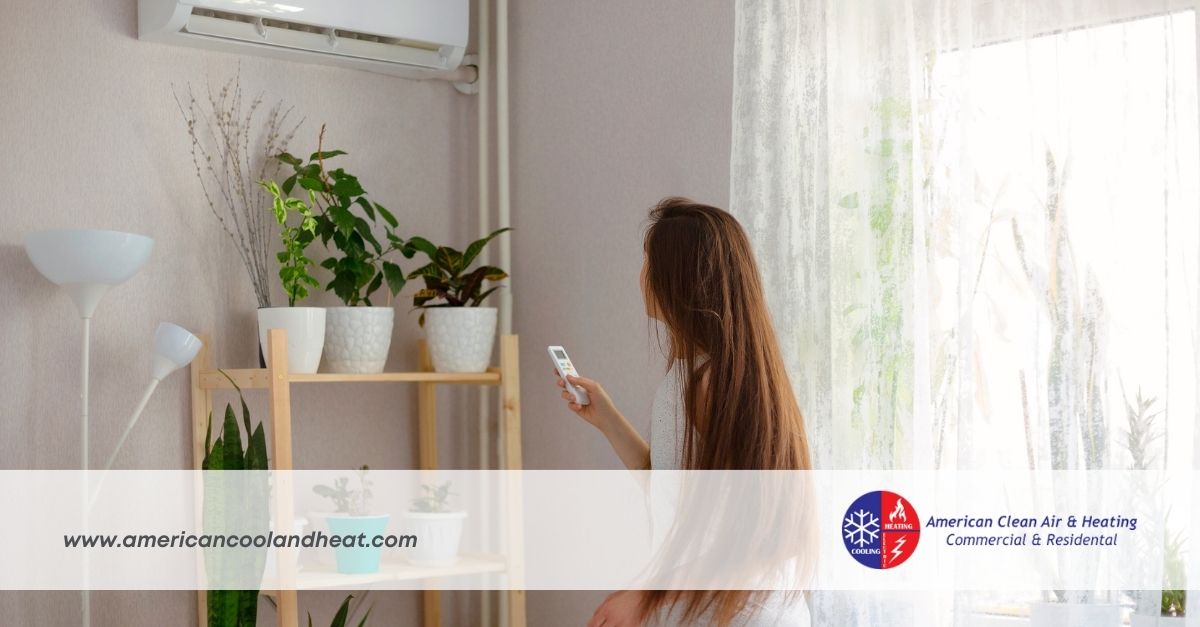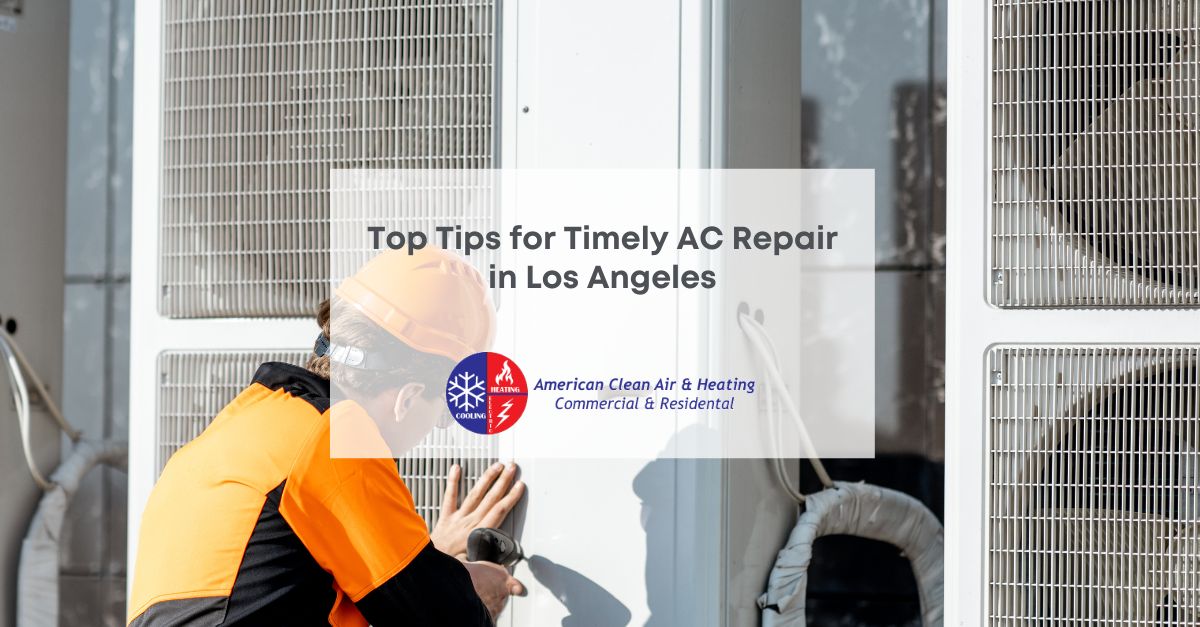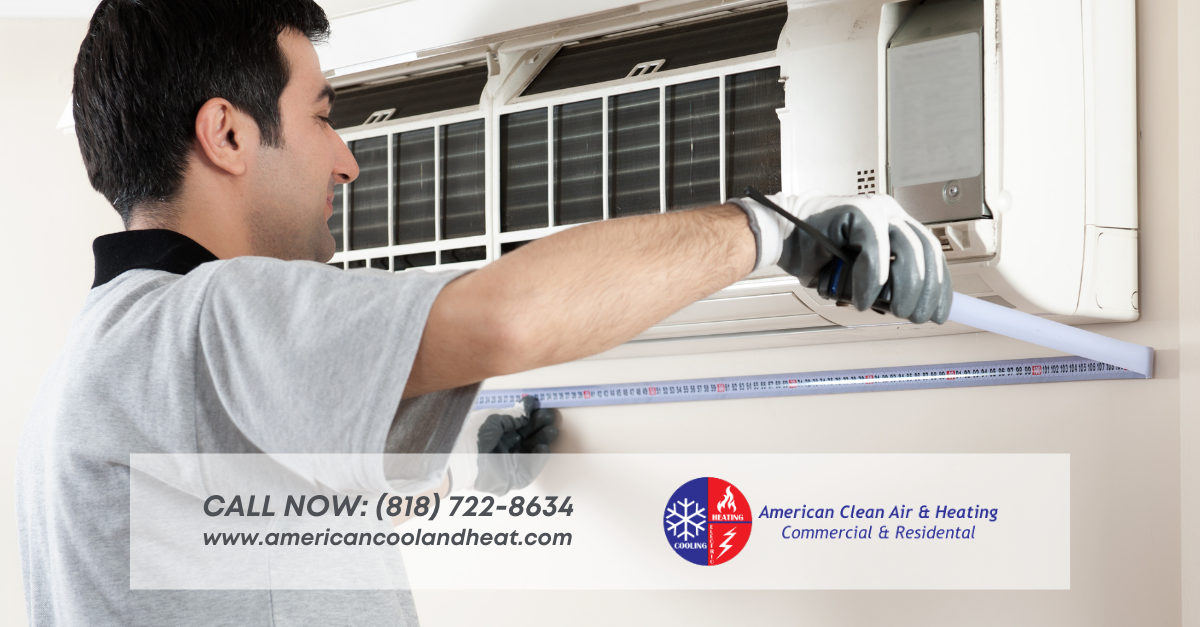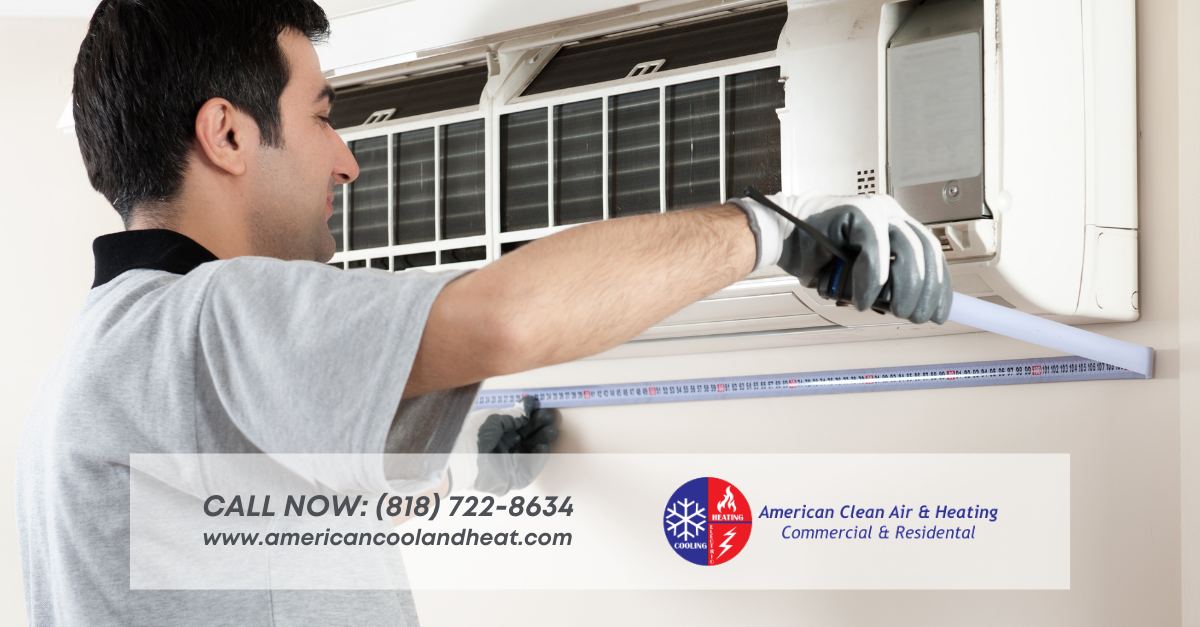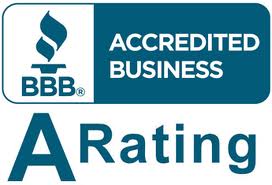Lightning vs. Your AC: Why You Need to Power Down Now
Thunder rolls in the distance, and the sky turns a menacing shade of gray. Your first instinct might be to close the windows and settle in, grateful for the cool air coming from your vents. However, keeping your HVAC system running during a severe thunderstorm is a gamble that could cost you thousands of dollars.
While modern HVAC systems are built to withstand the elements, they are not invincible. The combination of electrical surges, high winds, and torrential rain creates a trifecta of risks that can severely damage your unit. Understanding these dangers and knowing how to properly power down can save your system from catastrophic failure.
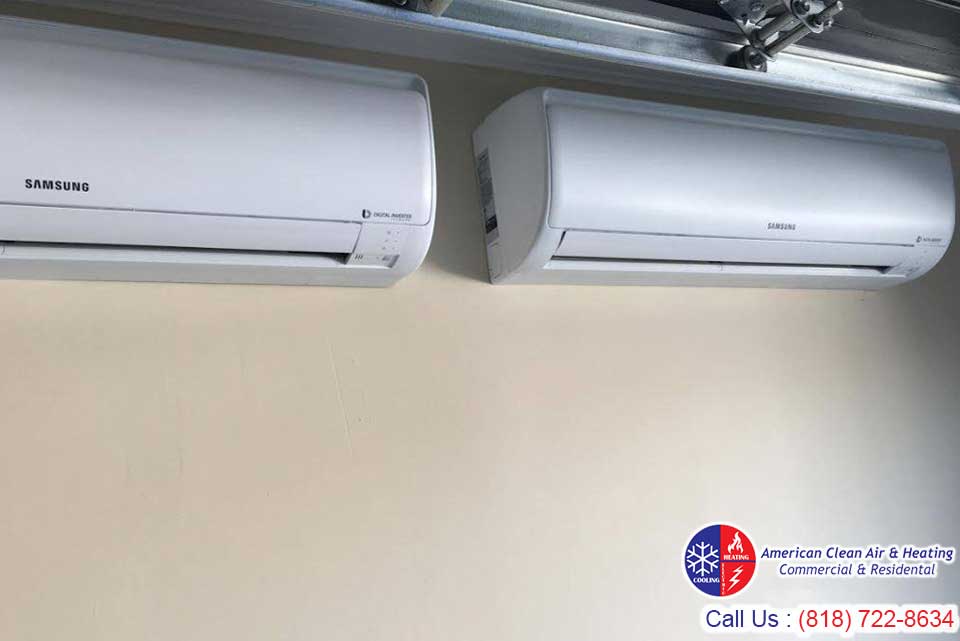
The Hidden Danger of Electrical Surges
The most immediate threat to your air conditioner during a storm is lightning. Most homeowners assume a direct hit to the house is the only danger, but that isn’t the case. Lightning striking a nearby utility pole can send a massive surge of electricity rushing through the grid and into your home’s wiring.
Your air conditioner is packed with sensitive electronic components inside the HVAC system. A sudden voltage spike can instantly fry the compressor, capacitor, and control board. Even if the unit isn’t destroyed immediately, repeated minor surges from distant strikes can degrade the wiring over time, leading to premature failure months down the road.
How to Safely Power Down
Simply turning the temperature up on your thermostat isn’t enough protection. To truly isolate your unit from the grid, follow these two steps:
- Turn off the thermostat: Switch your system to “Off” at the control panel. This stops the unit from calling for power.
- Flip the breaker: Go to your electrical panel and locate the circuit breaker for the A/C or HVAC system. Flip it to the “Off” position. This breaks the physical connection to the power grid, ensuring a surge cannot travel to your unit.
Water Damage: Flooding and Corrosion
Water is a natural enemy of electrical systems. While outdoor HVAC units are designed to handle rain, they are not built to be submerged. According to HVAC Precision Experts, standard outdoor units are weather-resistant but not waterproof.
The Risk of Standing Water
If you live in an area prone to flooding, standing water poses a significant threat. Floodwaters can short-circuit electrical parts and leave behind silt or sediment inside the unit once the water recedes. LA County Public Works warns that this sediment can cause severe corrosion and mechanical blockages.
Furthermore, FEMA mitigation guidance notes that HVAC components are often among the first building systems to be damaged during flood events. If your unit has been partially submerged, do not turn it back on until a professional has inspected it.
Humidity and Mold
It isn’t just floodwater that causes problems. Heavy rain and high humidity can lead to moisture seeping into areas not intended to be wet. Over time, this trapped moisture causes rust and corrosion on internal components. It can also encourage mold or mildew growth inside the ductwork or on the coils, which significantly harms your indoor air quality.
Wind-Driven Debris and Airflow
High winds turn harmless backyard items into projectiles. During a storm, twigs, leaves, and trash can be blown directly into your outdoor unit. The Chill Brothers note that this debris can dent the delicate aluminum fins, clog the coils, and restrict airflow.
When airflow is restricted, your system has to work harder to cool your home. This strain increases your energy usage and shortens the overall lifespan of the equipment. Repeated exposure to storms without proper cleaning leads to long-term wear that degrades performance.
Drainage Issues
Your AC unit has a condensate line designed to drain away the moisture it pulls from the air. Heavy rains can wash dirt and debris into this line, causing clogs. If the line backs up, water can overflow into your home, causing water damage to floors and ceilings. Additionally, standing water around the base of the unit can prevent proper drainage, compounding the issue.
Storm Preparation and Post-Storm Inspection
Taking a few minutes to prepare before the clouds roll in can make a big difference. Start by securing your surroundings. Trim back tree branches that hang over the unit and remove loose patio furniture that could blow into the condenser. If you live in a flood-prone area, consider having your unit elevated on a platform.
After the Storm
Once the storm passes, don’t rush to flip the breaker back on. Go outside and visually inspect the unit. Look for:
- Dents in the metal casing or fins.
- Debris lodged in the fan grille.
- Signs of water infiltration or standing water around the base.
If you see damage, keep the power off and call a technician. Catching hidden electrical issues or bent fins early is far cheaper than replacing a burned-out compressor.
Commercial Reliability Matters
For business owners, an HVAC failure isn’t just an inconvenience; it’s a disruption to operations. A reliable furnace and AC system is critical for commercial spaces, whether it’s keeping employees comfortable in an office or maintaining consistent temperatures in a customer-facing environment.
At American Clean Air and Heating, we understand the stakes. We provide commercial furnace repair and AC maintenance for retail spaces, restaurants, offices, warehouses, and more. Ensuring your commercial systems are inspected after severe weather ensures your doors stay open and your business keeps running.
Protect Your Investment
Your HVAC system is one of the most expensive appliances in your home or business. While you can’t control the weather, you can control how you respond to it. By powering down during thunderstorms and performing regular inspections, you protect your investment and ensure your home stays cool when the sun comes back out.
 (818) 722-8634
(818) 722-8634
